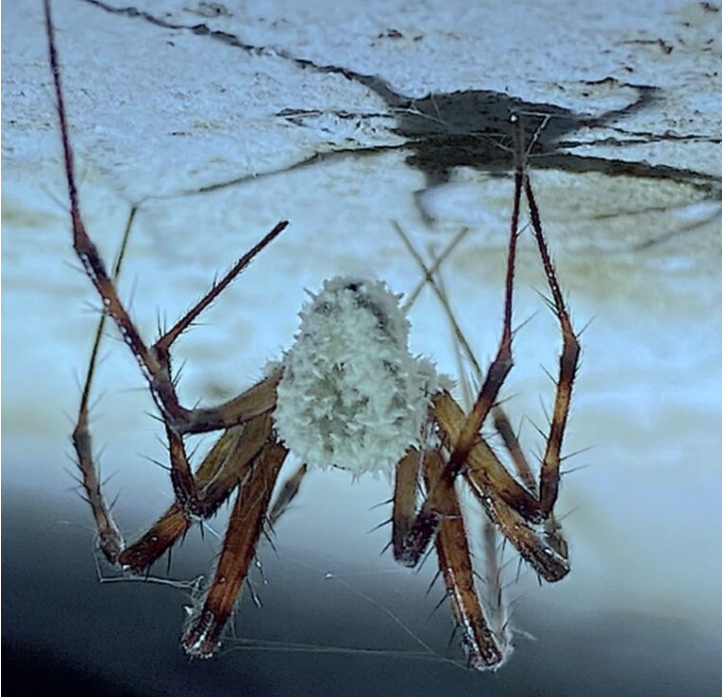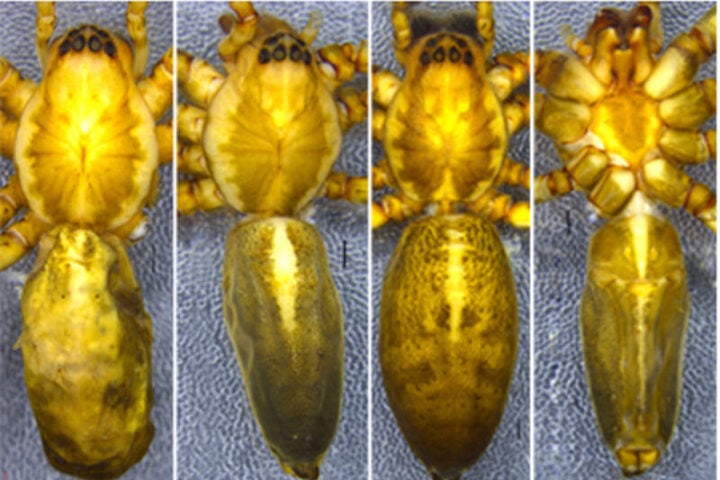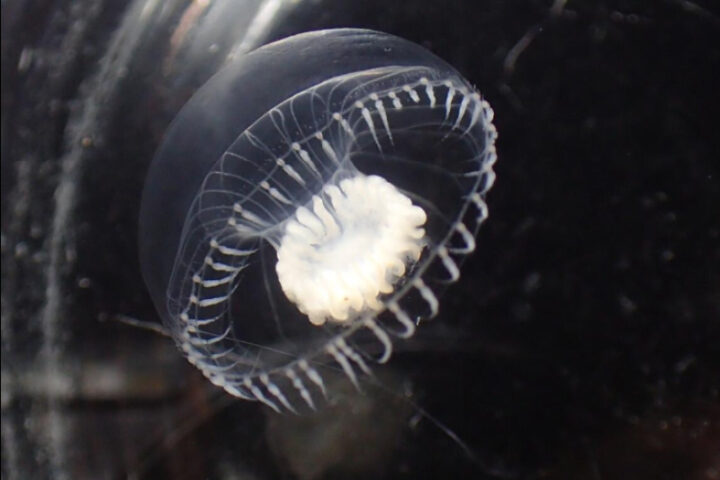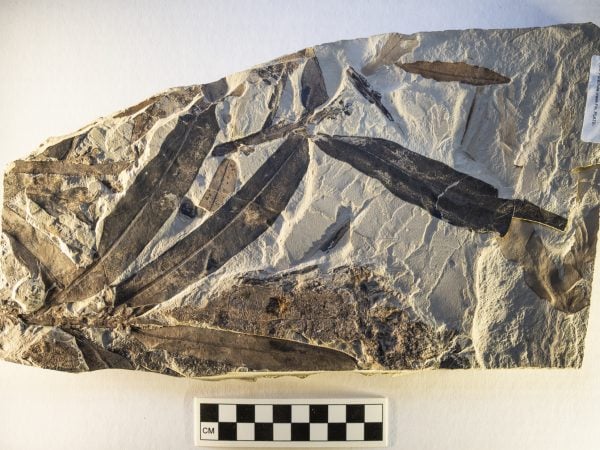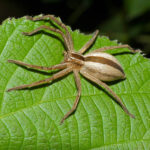Scientists have found something unusual in Northern Ireland’s caves – a new fungus that turns spiders into “zombies.” This fungus makes spiders do things they would never normally do, like leaving their safe, dark homes to die in the open.






The discovery happened by chance in 2021 when a BBC camera crew was filming at Castle Espie. They found infected spiders stuck to the ceiling of an old gunpowder storage room. Scientists named the fungus Gibellula attenboroughii, after the famous nature broadcaster David Attenborough.
Dr. Harry Evans from CABI, who led the research, explains that the fungus infection process is complex. The fungus penetrates the spider and infects its hemocoel – a cavity that holds the invertebrate equivalent of blood. After the spider leaves its lair, G. attenboroughii produces a toxin to kill its hostThe spiders affected are cave spiders, which usually hide in dark corners. But when infected, they do something very strange – they climb to open spaces on cave walls and ceilings. It’s similar to what happens when certain fungi infect ants in rainforests, making them climb plants before they die.




The fungus works by producing behavior-changing metabolites, including dopamine, that alter the spiders‘ behavior to ensure they die in locations optimal for spore dispersal. The fungus uses antibiotics – antimicrobial substances that kill bacteria – to preserve the spider’s body while mummifying it.
Similar Posts:
Study co-author Tim Fogg, a caving specialist, found more examples of the fungus in cave systems across Northern Ireland and the Republic of Ireland. The fungus doesn’t just stick to one type of spider – it can infect both smaller cave spiders and their larger cousins, the European cave spiders.




This discovery might help people too. Dr. Evans notes that the endpoint of this research should be the potential human medicines that could come from the antibiotics and other substances the fungus produces. He describes it as a “medicinal treasure chest.”
The finding also shows how much we still don’t know about the fungi around us. Scientists estimate there could be up to 20 million different kinds of fungi in the world, but they’ve only described about 1% of them.
Researchers from several major institutions studied this fungus, including teams from the Royal Botanic Gardens, Kew, and the Natural History Museum of Denmark. They published their findings in a scientific journal called Fungal Systematics and Evolution.






Scientists now want to learn more about how these fungi affect spider populations in caves and what other useful chemicals they might make. This discovery shows that even in familiar places, nature can still surprise us with new and amazing findings.
